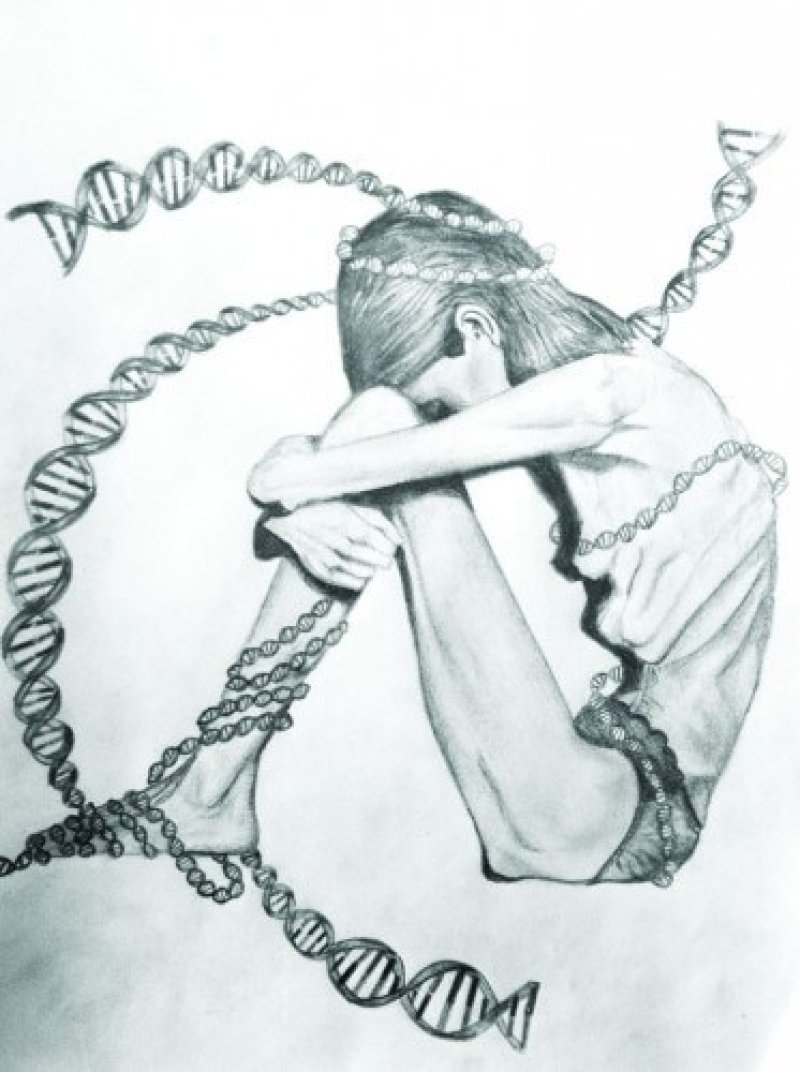Social pressure to be as slender as a catwalk model, as sylph-like as a Hollywood star, is said to be what drives anorexia, the so-called slimmer’s disease. An estimated one million people in Britain suffer from the disorder, which has the highest death rate – from suicide or starvation – of any mental health condition.
In reality, there is no single social cause. Psychologists say that anorexia may be driven by a fear of adulthood or of losing the attention of parents. It may represent an attempt to exert control by individuals who sense they lack it in other areas of their lives.
But an area that remains unexplored – relatively – is the genetics of the condition. Is anorexia inherited and, if so, which genes are involved? Despite decades of research into the genetics of other psychiatric disorders, such as schizophrenia, anorexia has had little attention from the gene hunters.
Now British and American researchers have joined forces with others around the world to launch the largest-ever study of the genes underlying anorexia. The aim is to gather 25,000 DNA samples from sufferers, including 1,000 from Britain, and compare them with an unaffected control group of 25,000.
Read full, original article: The genetics of anorexia































